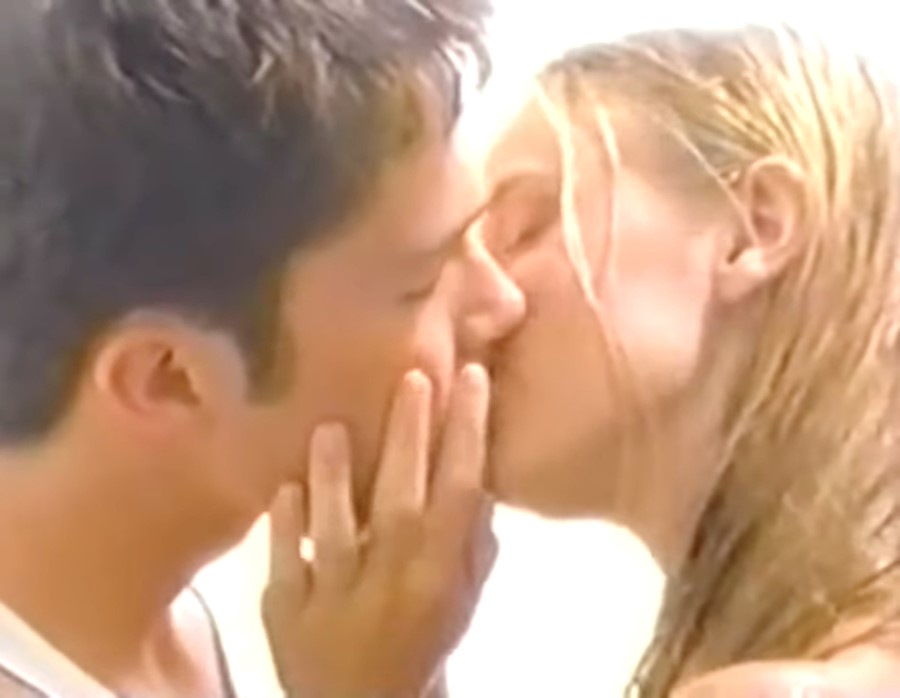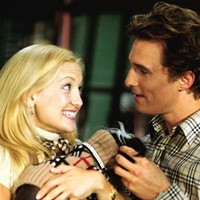‘Like Twin Peaks meets Dawson’s Creek’: The cult filmmaker shares the history of This Is How The World Ends, the ultimate Y2K high school comedy-drama that never was
With new restorations of hyper-cool alt-90s classics The Doom Generation and Nowhere hitting screens this year – after a vibey retrospective at Sundance London brought the director to London in July – it feels like 2023 could be the year of a Gregg Araki-nnaisance. But whether you’re making your way through his totally f***ed up movies for the first time or revisiting the halcyon days of gas station hot dogs and ménage-à-trois crime sprees, chances are you’ve left a serious would-be wonder off your watchlist: the indie auteur’s forgotten MTV pilot, This is How the World Ends.
The story of everyman Casper (Alan Simpson) – whose skateboarding bestie Miles (Tac Fitzgerald) might be shagging his mother; and whose “lesbo” friend Sluggo (Molly Brenner) is dating a witch – offered a candy flip of zit-squeezing, Jamba Juice-sipping, and I Hate Boys zine-reading fun in California classrooms and CD shops at the turn of the century. But despite vivid premonitions of losing virginity and ill-fated field trips with zany classmates, this slush puppy of teen angst and late-90s nostalgia never actually made it onto TV screens.
Unfortunately, the 45-minute amuse-bouche was binned off by the network that commissioned it, and now exists only in the discarded gum wrapper of the internet (a hazy, decade-old copy is viewable on YouTube, which you can see below).
If things had been different, This Is How The World Ends might have ended up being the ultimate Y2K high school comedy-drama, and Gregg Araki knows it. Here’s the story of This is How the World Ends: what went wrong, and why it’s still so good, as told to Dazed by the director himself.
THE BEGINNING
Sipping on a jumbo coffee while chatting over Zoom, Araki recalls the origins of his wannabe teen drama sensation. It’s a simple enough tale: “I was at Sundance, promoting [1999 film] Splendor,” the director says. “MTV Productions approached me and just said ‘Do you have any ideas for us?’”
With such brain-frazzling works as the Teen Apocalypse trilogy already under his belt, you can imagine why the network would have flirted with such a partnership. MTV’s repertoire was built around out-there shows like Daria and Beavis and Butthead, as well as the gaudy music vids exemplary of the booming 90s music industry. But with “scripted, crappy shows” clogging up their schedule elsewhere – as Dawson’s Creek and Felicity cemented a new dawn for the young adult soap opera on rival networks – they were looking for a fresh direction, and Araki knew what was up.
“Those kinds of soap opera-y shows would all reach a point where they stagnate,” he reflects, “because everyone’s called everyone; everybody’s had a drug addiction; everybody’s mixed and matched so many times that you just get bored with it. I remember watching Beverly Hills 90210 and just thinking ‘I would love it if an alien just came in and bit Jason Priestley’s head off right now’. You know what I mean? I wanted to have the conventions and the structures [of a soap opera], but then to have this open-ended and totally unexpected ‘what the fuck’ element to it.”
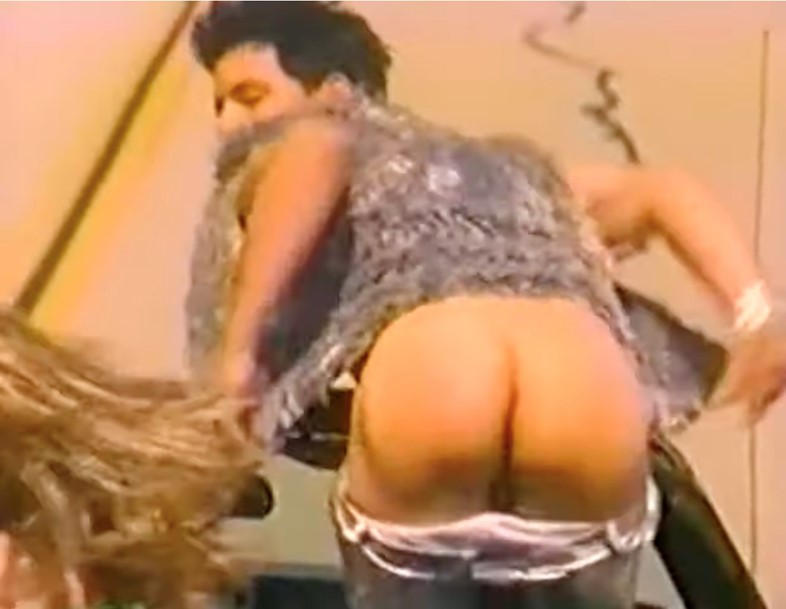
“I PITCHED IT AS TWIN PEAKS MEET DAWSON’S CREEK”
This was the late 90s, and wild, disruptive takes on classic TV formulas had already proven sensational. So when Araki went back to MTV and “essentially pitched Twin Peaks meets Dawson's Creek”, everyone was on board, fulfilling a long-harboured ambition for the filmmaker. “Twin Peaks had been so shocking and mind-boggling to me,” Araki says of David Lynch and Mark Frost’s perennial mystery series classic. “There had never been anything like that on TV. It was such a cultural phenomenon that it just made me so excited as a young filmmaker. I’d been interested in doing a TV show ever since.”
Laura Palmer and co would prove influential on a variety of Araki works, with the 1997 feature Nowhere notably inspired by the Twin Peaks pilot, which was released as a self-contained theatrical feature in Europe. This is How the World Ends would pick up the pieces, beginning in exactly the same fashion, with the main character fantasising about a sexual encounter in the shower before being disturbed by their mother.
This is How the World Ends would even bring in Twin Peaks’ ‘Man From Another Place’, Michael J Anderson, to play a gun-wielding shoplifter in the pilot. And he wasn’t the only quirky casting choice for the ill-fated MTV series.
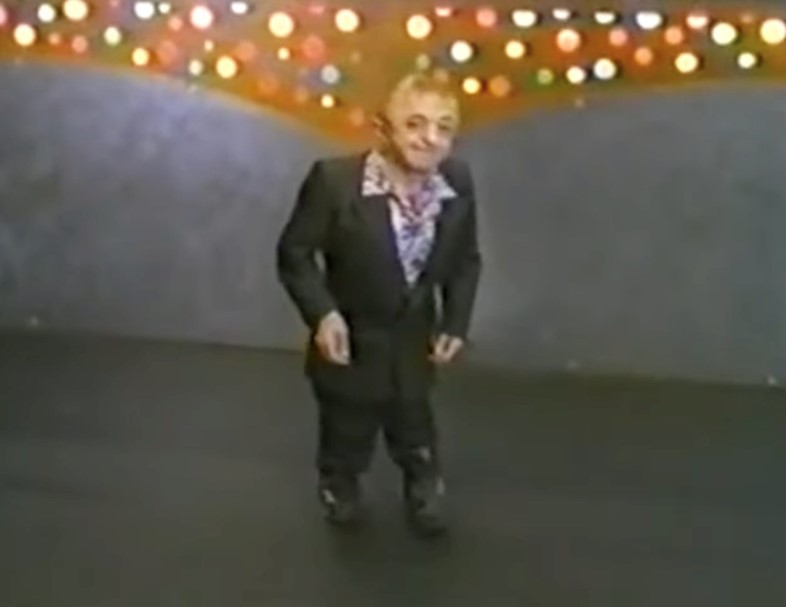
THE 90S INDIE ICON CAST
The New York Times were among the many publications that would liken Nowhere to “California’s version of Kids” in 1997, referencing the 1995 Larry Clark cult hit, written by 19-year-old Harmony Korine and featuring Chloë Sevigny and Rosario Dawson among the cast. Araki would nod to that remark in 2000 by casting Justin Pierce – one of Kids’ breakout stars and winner of the Independent Spirit Award in 1996 – in a minor role in This is How the World Ends.
In the pilot, Pierce plays ‘Zombie’, the class stoner, whose dreadlocks catch fire during an accident in chemistry class. Sadly, it would be one of his last appearances on-screen. The 25-year-old skateboarder and actor, known to have suffered from substance abuse and mental health issues, died by suicide on July 10, 2000 at the Bellagio Hotel in Paradise, Nevada, within months of filming the This is How the World Ends pilot.
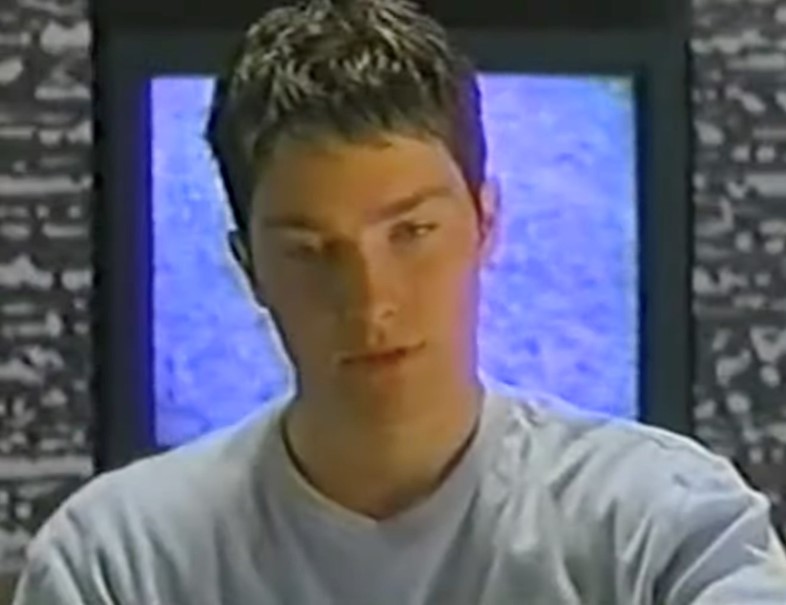
WHAT HAPPENED NEXT
Things were going tits up for This is How the World Ends before it even went into production. MTV was supposed to put up $1.5m to finance the one-off, but U-turned on the budget: “We don’t have enough money to make a whole pilot so we’re just going to do what’s called a presentation,” they apparently told Araki, instructing him to shoot half the show as if it were a test run. “I just said, ‘You give me the money for that, I’ll make the fucking pilot.’ So we did it for like half the budget and the show turned out great.”
Despite being full of zip and creative energy, though, the finished pilot ended up in the trash after MTV pulled an about-face. This is How the World Ends came right at that time when reality TV was starting to explode with shows like Survivor, The Osbornes and Jackass – “which literally cost like $50 an episode to shoot, just dudes out there doing crazy shit with a VHS camera.” With a gulf in cost between the two styles of content, the production house decided they didn’t want to do Araki’s show anymore. “It was really upsetting,” he concludes. “It could have been a flagship show for them. It could have gone in a really cool direction.”
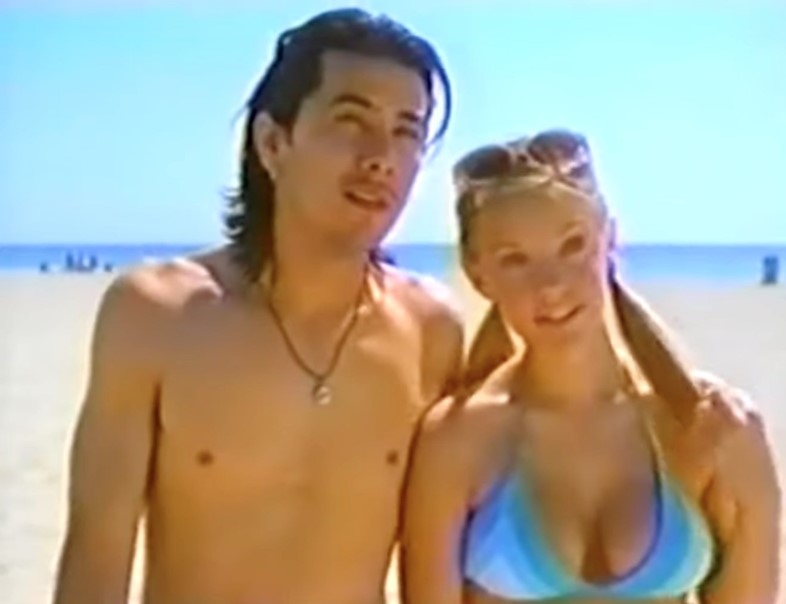
THE LEGACY
At least the pilot wraps up nicely enough, with some mooning joyriders and canoodling desert wildlife causing a catastrophic bus crash. Either way, elements of the show would be recycled for later Araki works – most notably, his 2010 Cannes Queer Palm-winner Kaboom.
Transposing the high school setting of This is How the World Ends to that of a college, Kaboom would cast Thomas Dekker and Juno Temple as sex-hungry students investigating the disappearance of a female student and discovering a bizarre, masked cult in the process. “It’s the same thing,” Araki admits. “It starts in a familiar place and then gets stranger and stranger, and more nightmarish and surreal as you are caught off guard. This is one of the things that really interests me as a viewer because I get bored so quickly.”
Other paradigms include Araki favourite James Duval embodying the role formerly occupied by Justin Pierce – he plays the rasta-inspired stoner ‘Messiah’. Kaboom’s blonde surfer housemate Thor, meanwhile, doubles for Hawaiian shirt-wearing skateboarder Miles — while Lorelei’s the movie’s resident witch. There’s even a line of dialogue that appears to reference the former production: “I’m calling you no matter what,” one character declares, “…even if the world ends.”
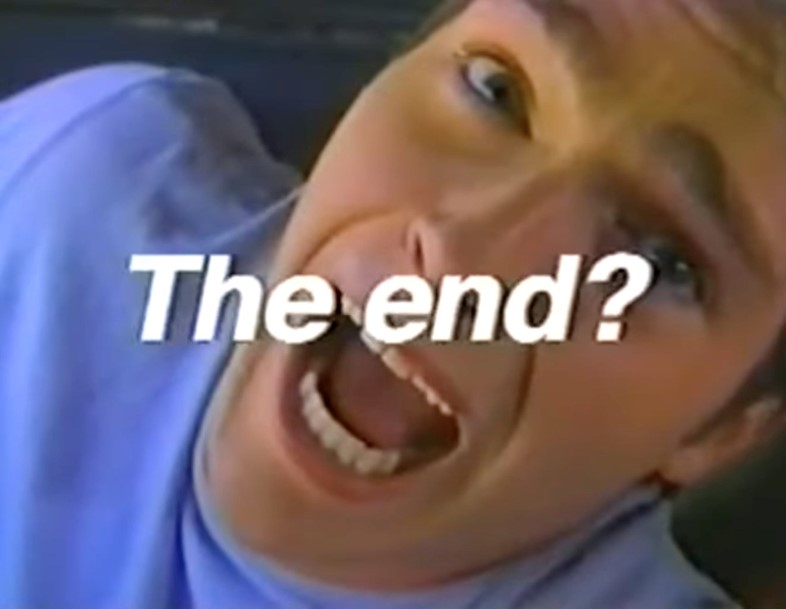
Join Dazed Club and be part of our world! You get exclusive access to events, parties, festivals and our editors, as well as a free subscription to Dazed for a year. Join for £5/month today.
